Attraction of roses has long pedigree
This is the third and final article in a series on roses.
The first article reviewed the groups of commercial roses that are available today and the major characteristics of each group.
The second article covered site selection, bed preparation, planting procedures, as well as good cultural practices for growing roses.
This article addresses the history of the rose.
The rose has long been called “The Queen of Flowers.” Paintings honoring the rose can be traced back as far as 1500 BC to the isle of Crete.
Many famous writers, philosophers, poets, and historians of the ancient world have written about the rose. Homer, the poet who lived almost three thousand years ago, mentioned roses in the “Iliad” and “Odyssey.”
The historian Herodotus, who lived 2500 years ago, remarked on King Midas’ elegant rose garden.
The Chinese philosopher Confucius stated in fifth century BC that there were over 600 books on roses in the emperor’s library.
No other flower, with the possible exception of the lily, has been so connected with history, love, and lore as has the rose.
The rose’s connection with the past civilizations, cultures, and world events all add to its prominence.
The rose’s image has been struck on coins of various nations, and at least one famous war was name after roses.
In 1455 a bitter struggle for the throne of England began between the house of York and the House of Lancaster. The war lasted through the reign of three English Kings. The name “War of the Roses” came from the symbols employed by each side. The House of York symbol was a white rose, and The House of Lancaster symbol was a red rose.
Interestingly, when the two families were later joined in marriage, the two roses were also crossed to produce the white and red Tudor Rose.
There are people of great historical significance who are closely associated with the rose.
The rose garden of the empress Josephine, wife of Napoleon, was so famous that warring English ships were directed to let pass French ships carrying roses for her garden. She sent expeditions to distant places to collect previously unknown species of roses. In this regard Josephine did much to promote the notoriety and evolution of roses. After Josephine’s death, the artist Pierre-Joseph Redoute published three volumes of paintings of her roses entitled “Les Roses.”
The ancient Greeks were likely the first to seriously grow and promote roses. In fact, the “Queen of Flowers” designation can be traced to the Greek poet Sappho, who lived in the sixth century BC.
After Alexander conquered Egypt, the populace quickly adopted roses for both ceremonial events and private fashion. Because of the favorable climate, roses soon became a mayor Egyptian export.
But although it was the Greeks who exported the roses to other Mediterranean lands, it is the Romans with whom we most closely associate early roses.
Roman passion for roses exceeded anything we can imagine today. At one point the Roman obsession with roses nearly ruined their economy. People who had previously grown food in their gardens began growing only roses. There are stories of rose petals piled so deep at Roma parties that on occasion guests died of suffocation. Besides festivities and ceremonies, the Romans used roses to make wines, perfumes, puddings, honey, and jellies.
The fascinating stories of the rose are an added bonus for the avid gardener who also appreciates history. Roses with a particular claim to fame can still be found and purchased.
Walking through your garden and retelling the story of a special rose you have planted is just another avenue of enjoyment for those of us who love roses.

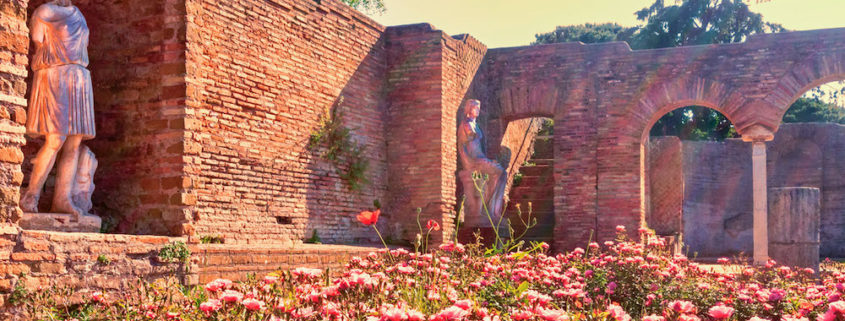
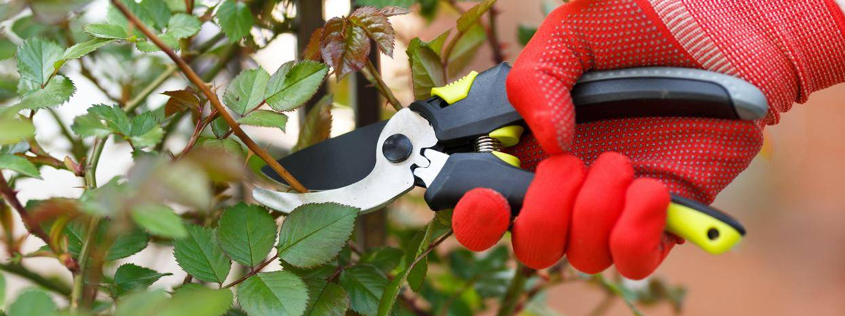
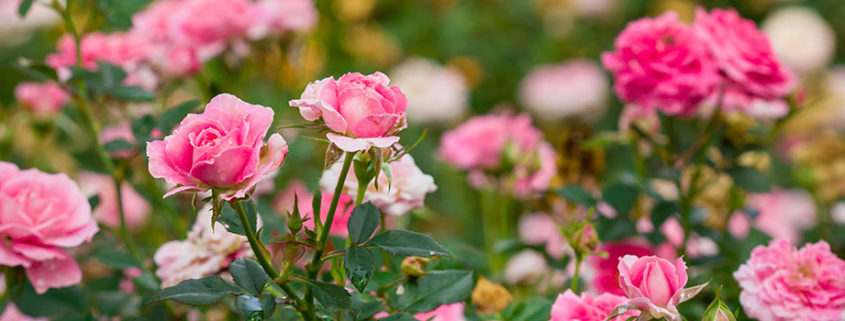
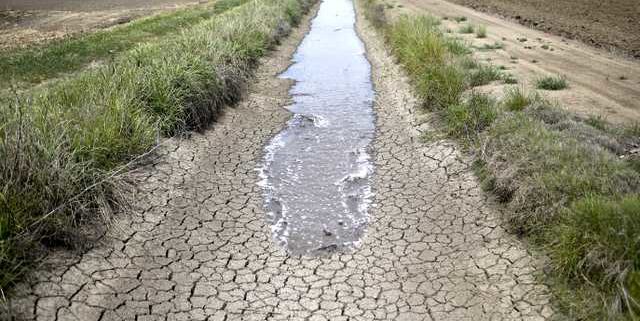


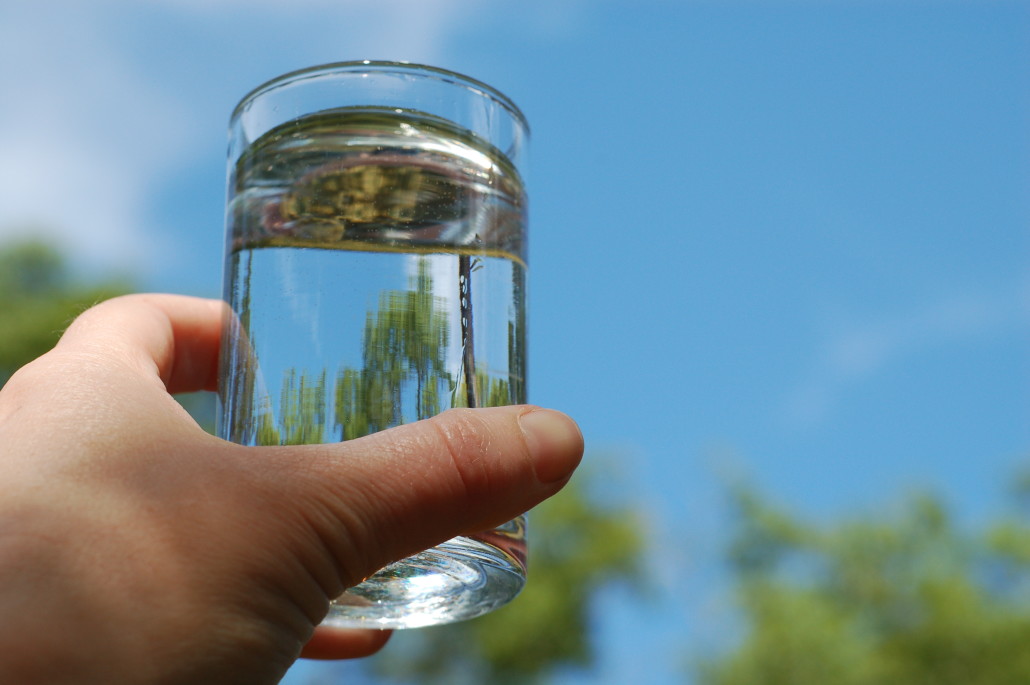
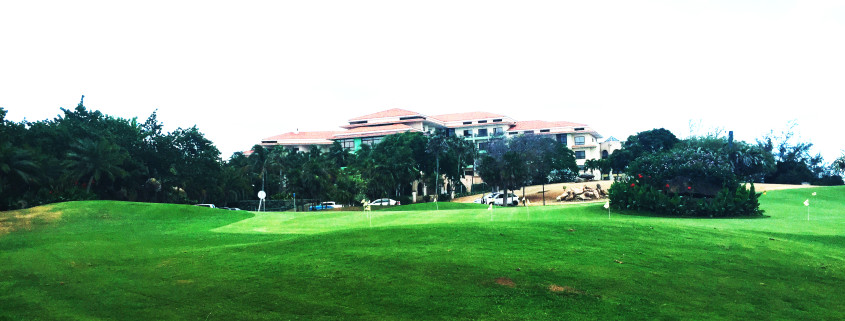

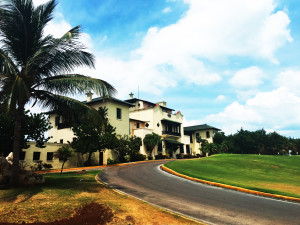

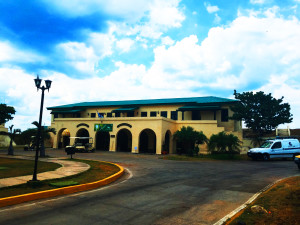
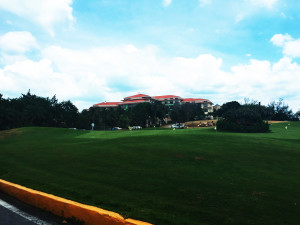
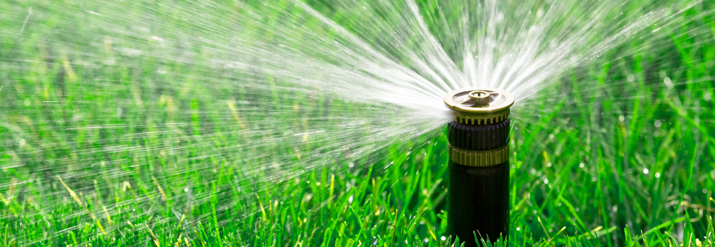
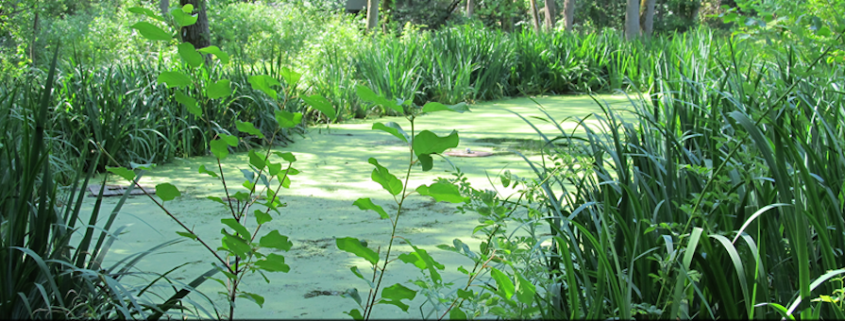

Follow Us!